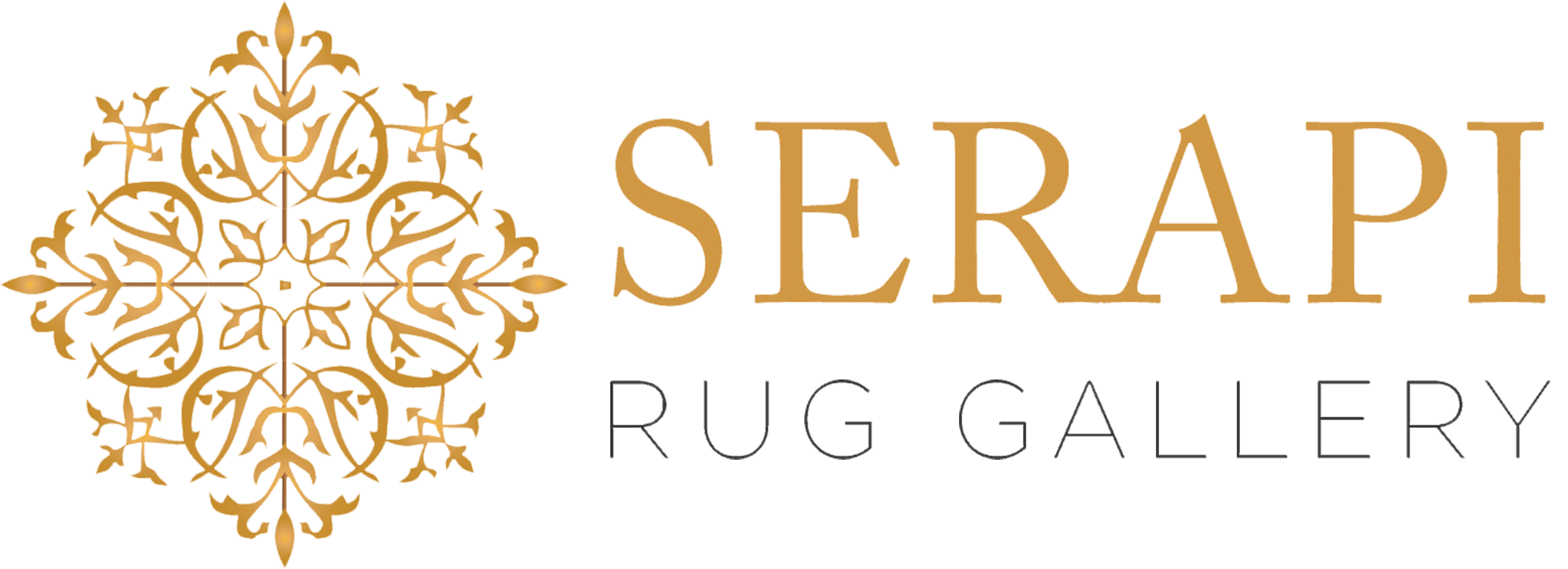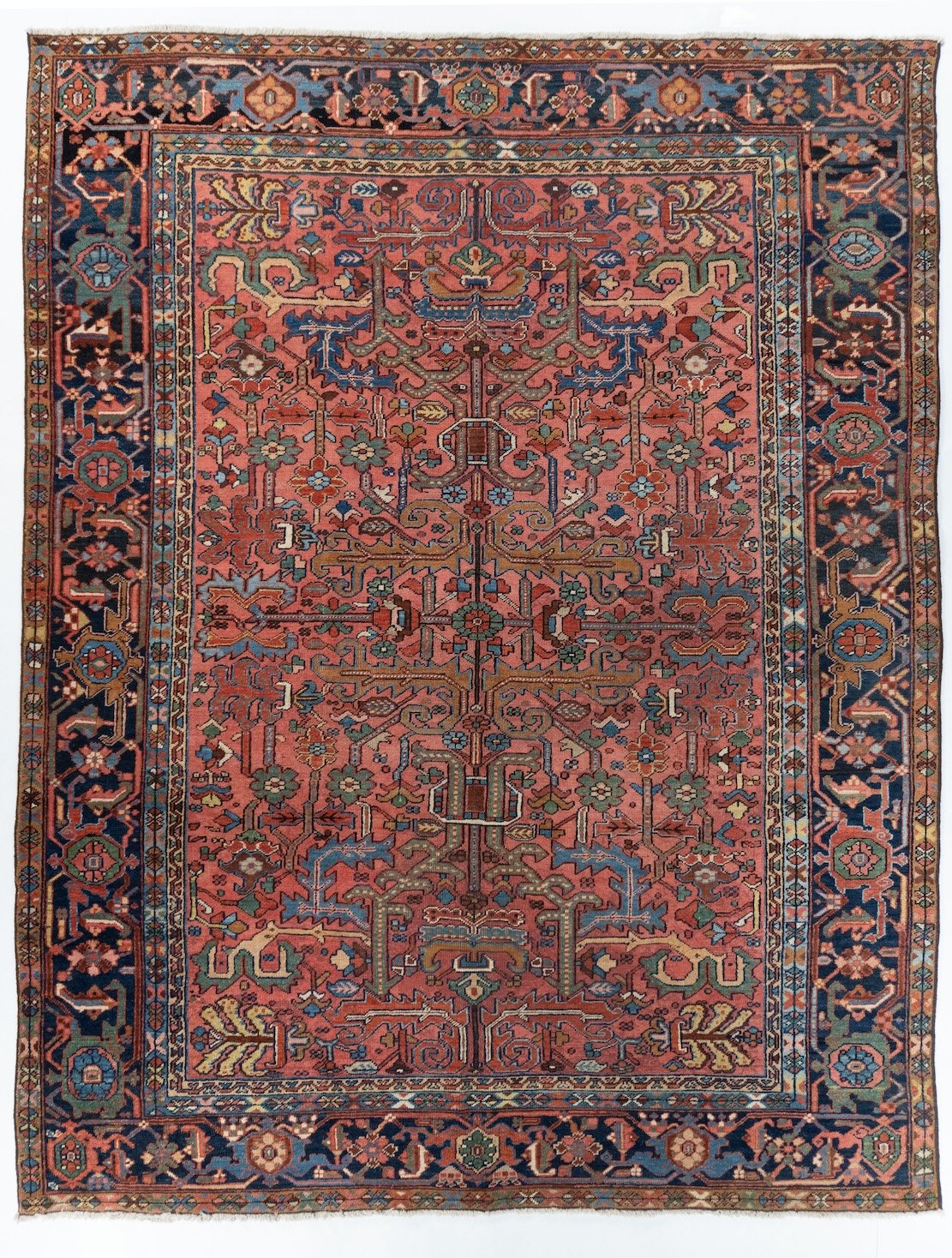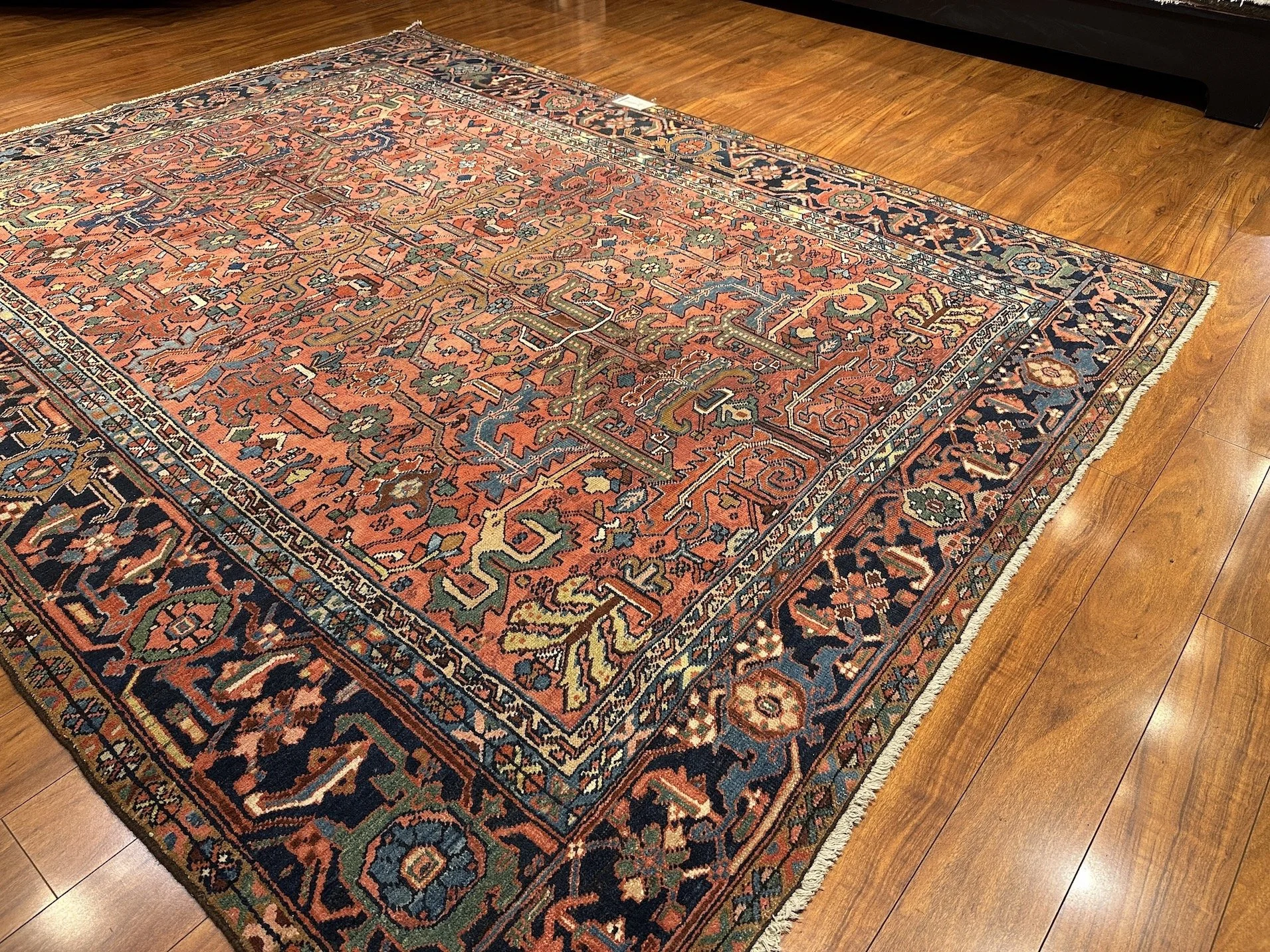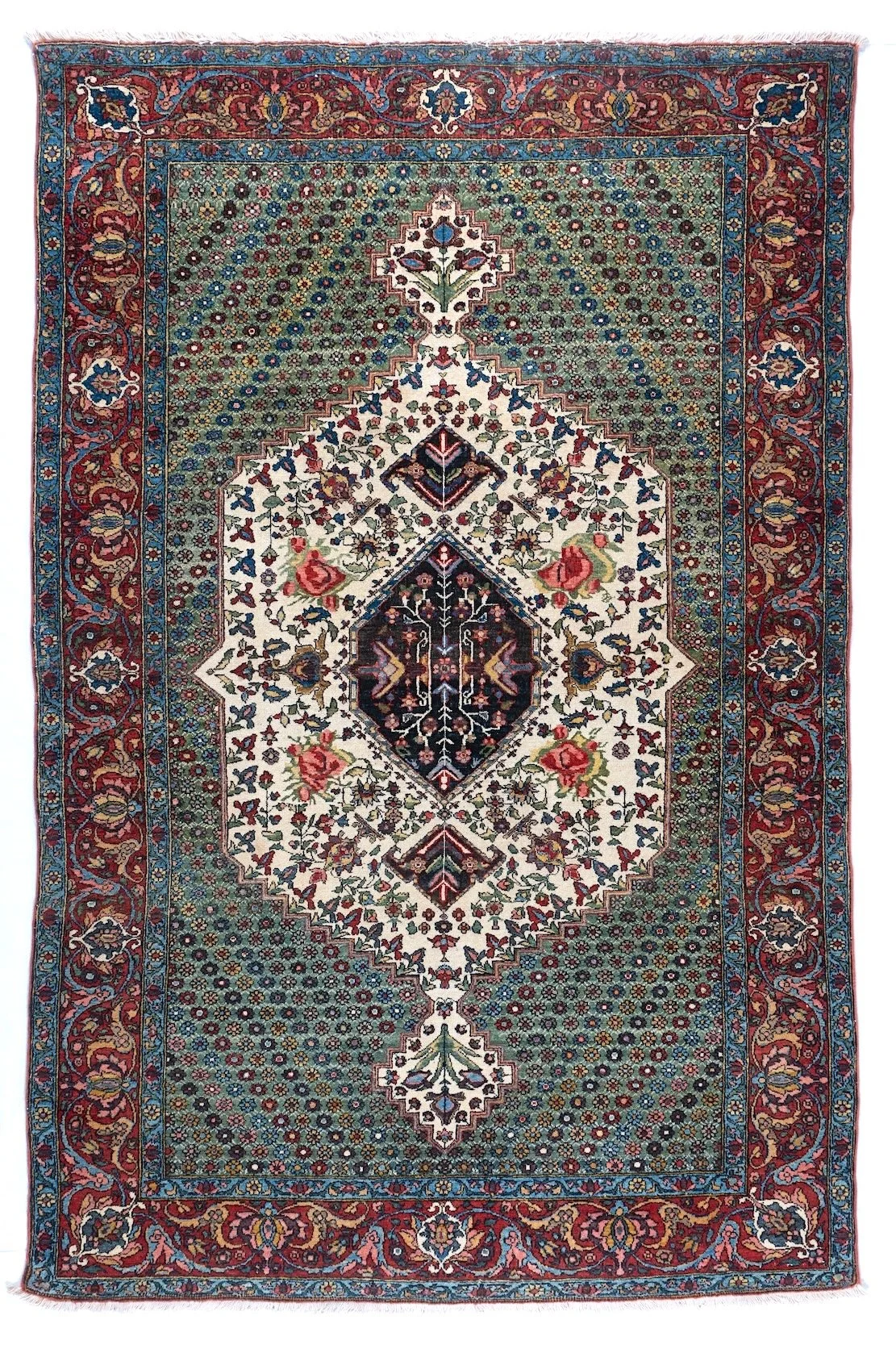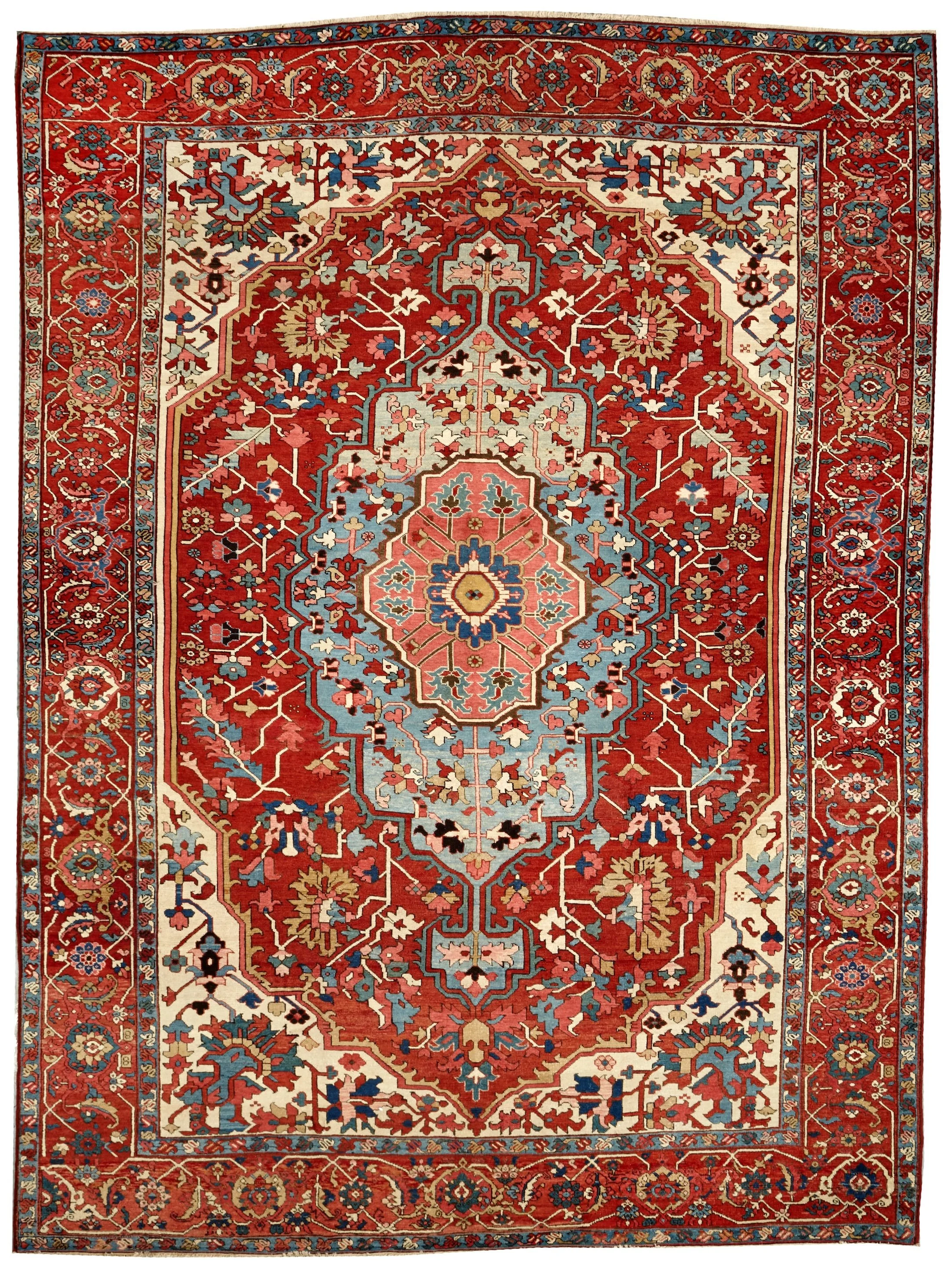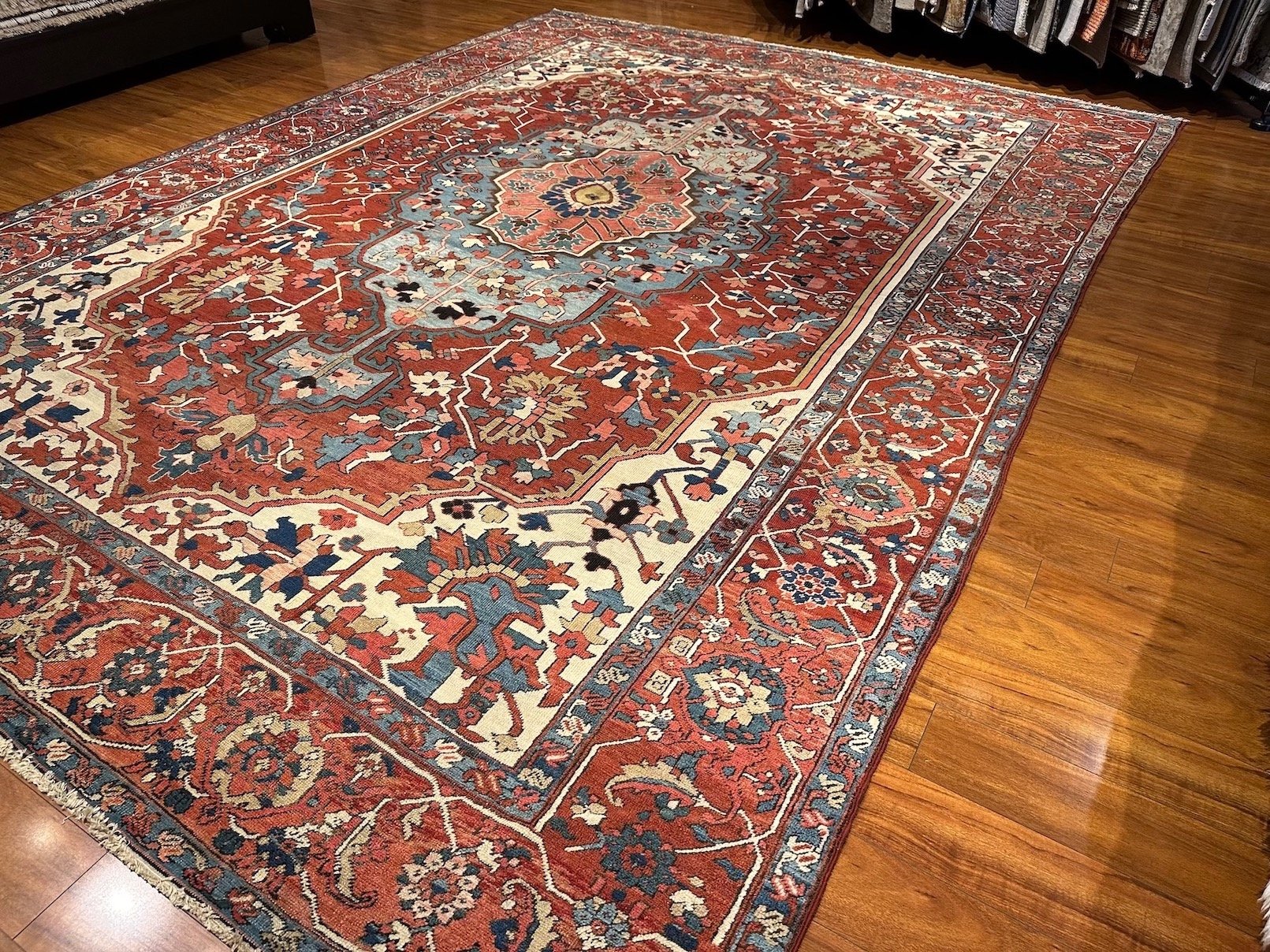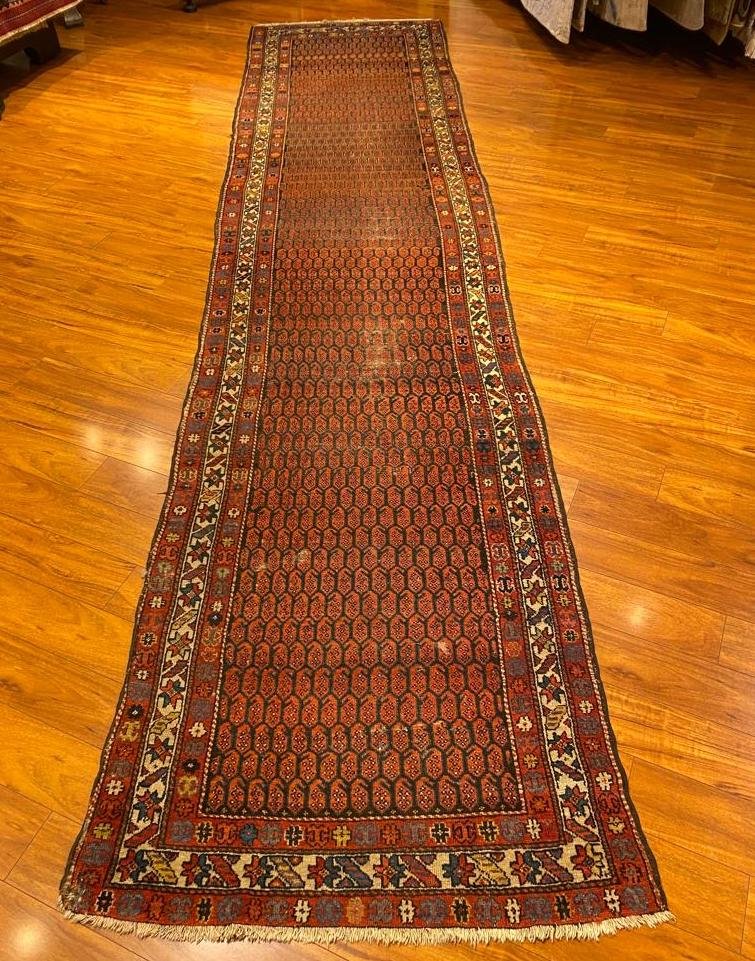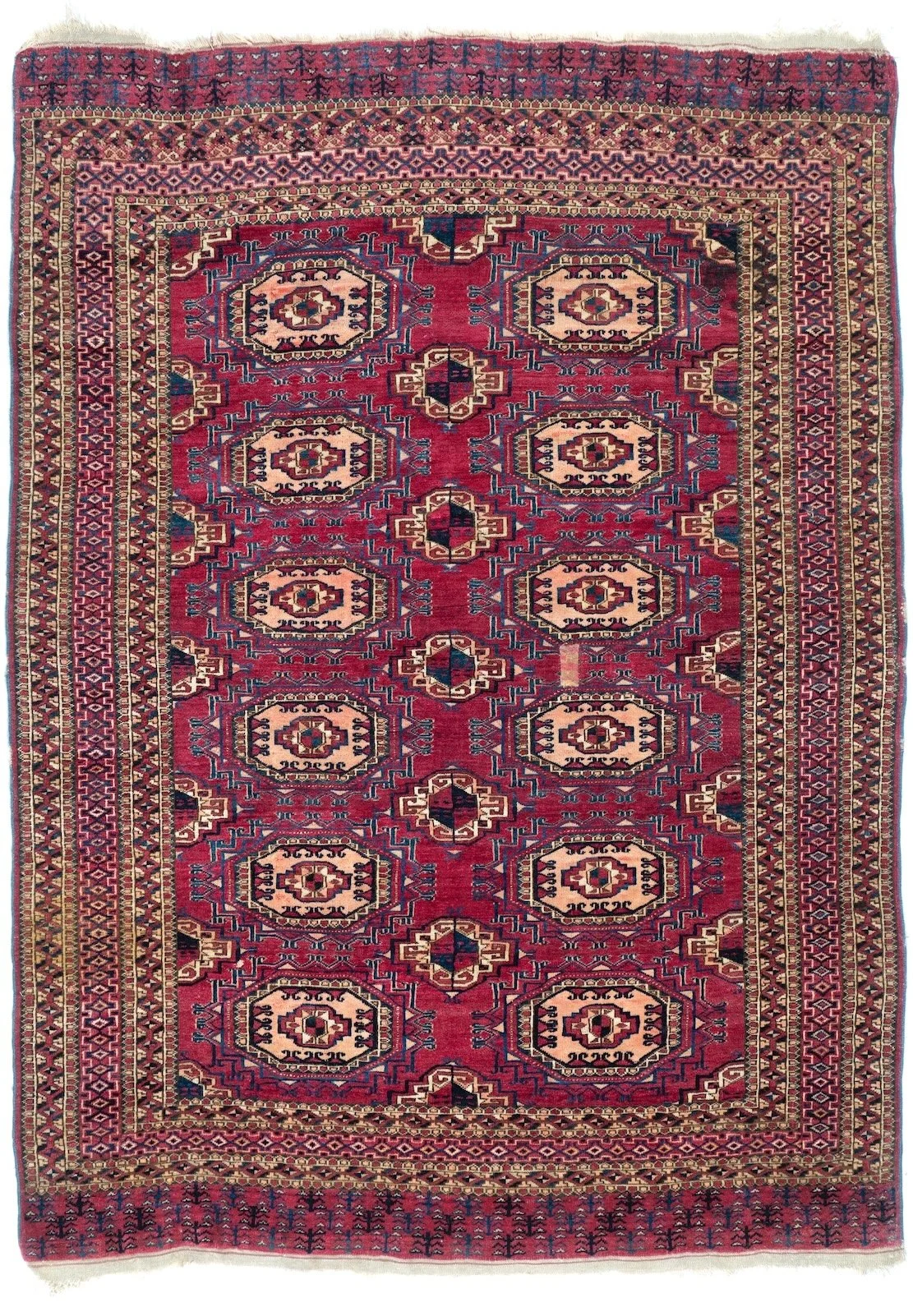Lori Pambak
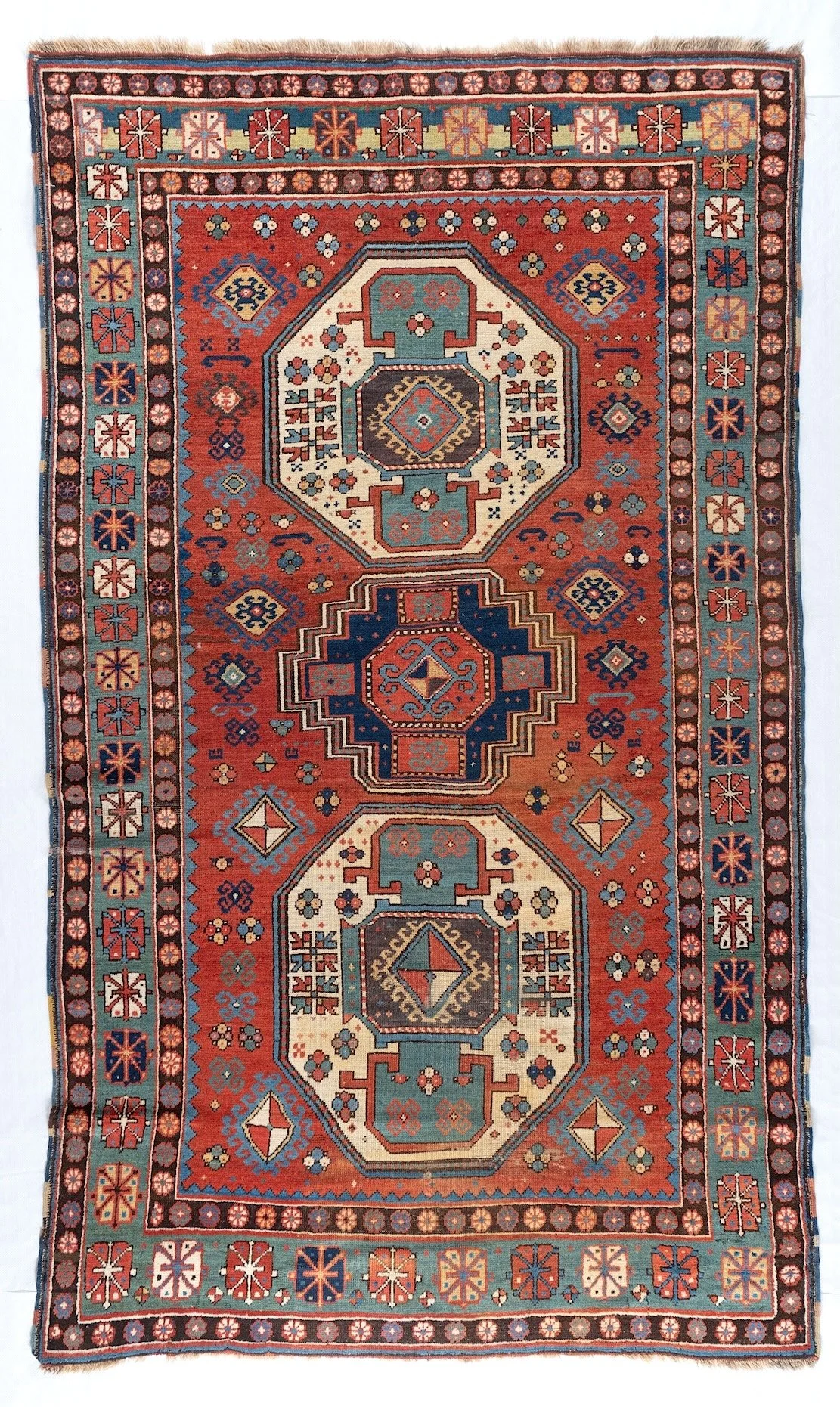


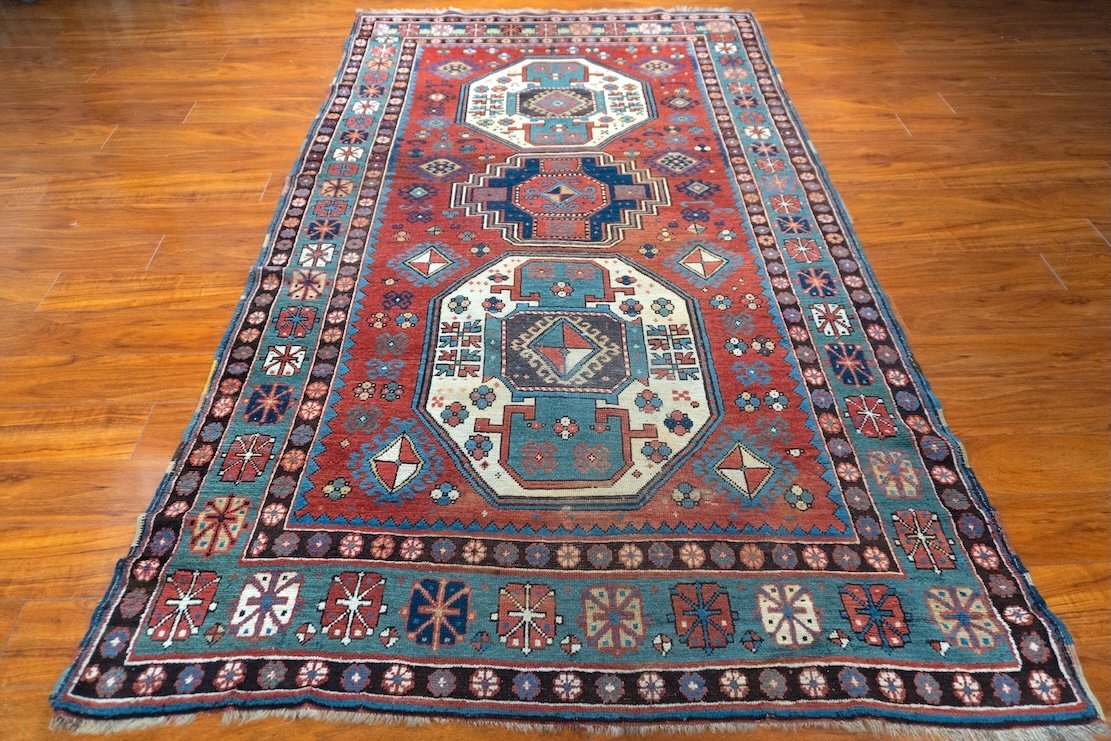
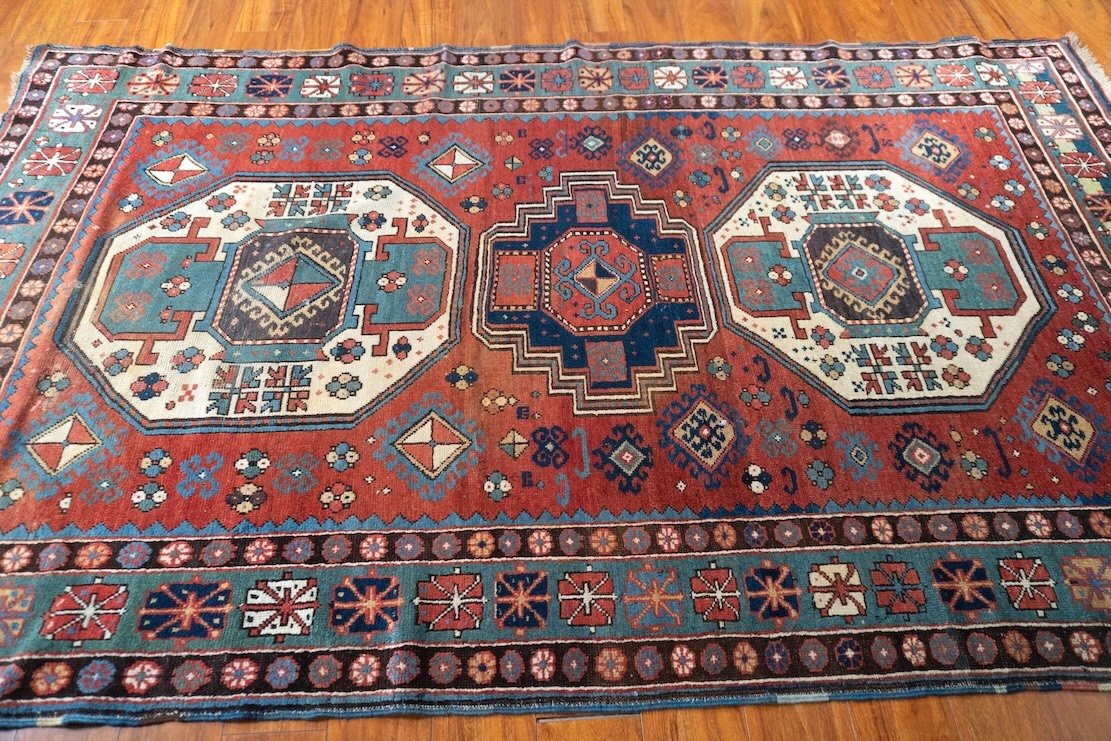
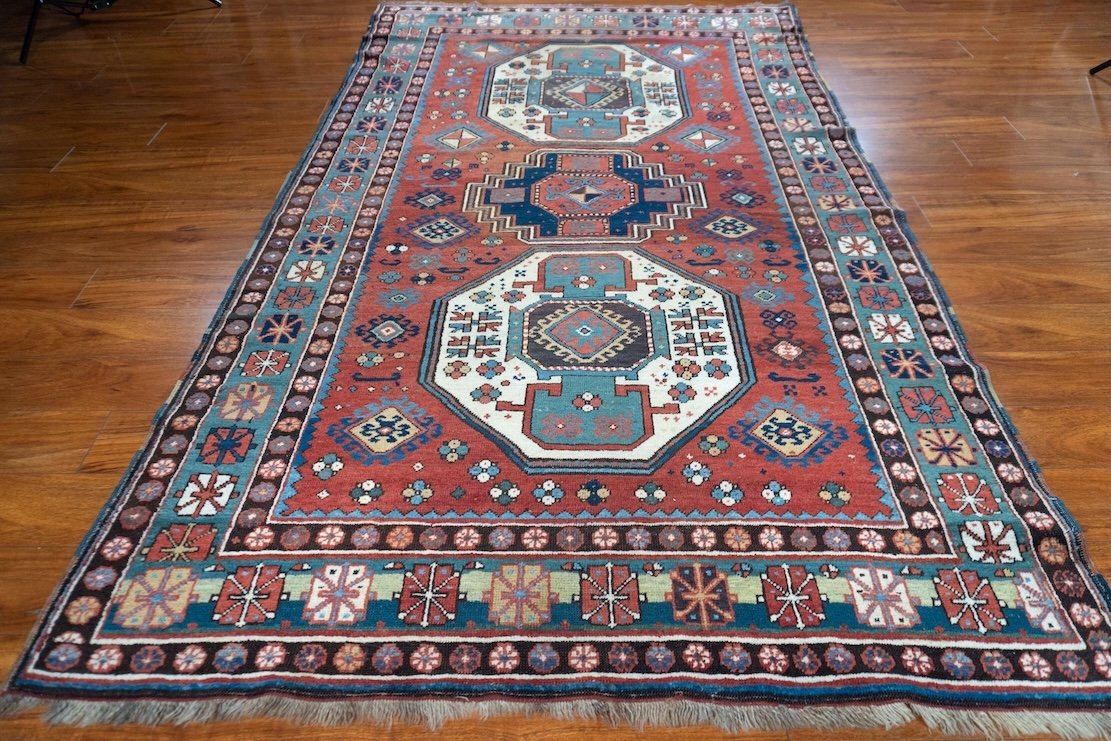




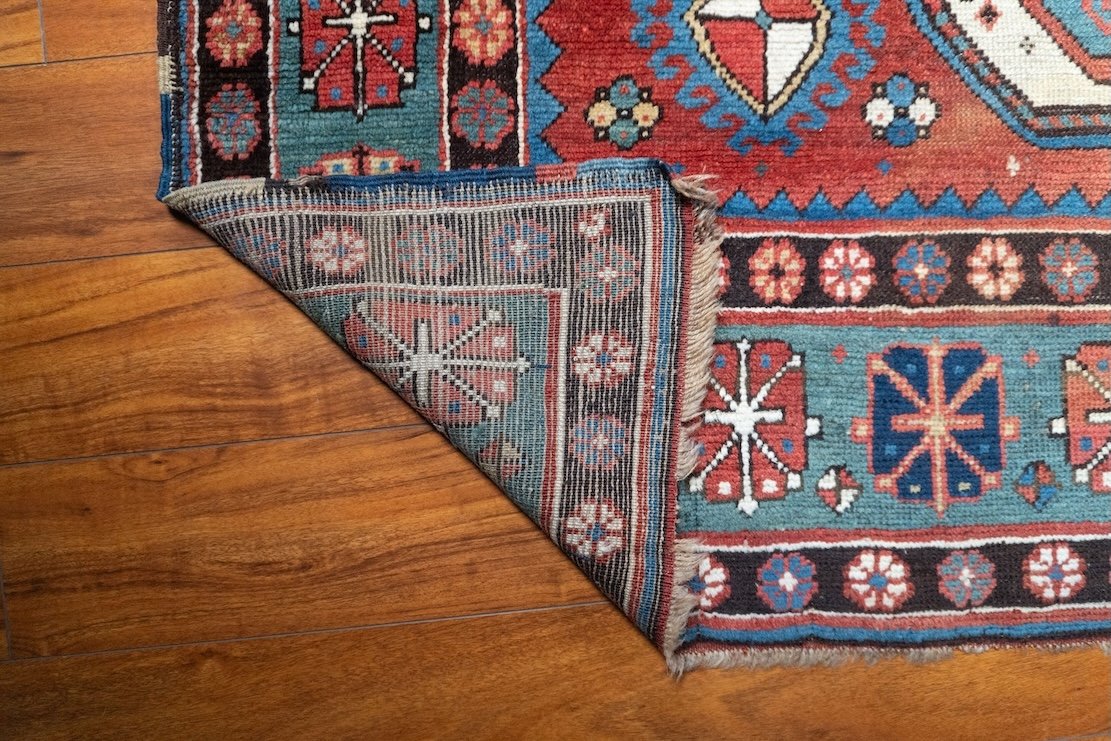

Lori Pambak
Stock Number: 2950
Country of Origin: Caucasian
Stock Sizes: 5'0" x 8'0"
Construction: Hand-knotted
Pile Content: Wool
Historical Background of Kazak Rugs
The story of Kazak rugs begins in the rugged highlands of the Caucasus — a region historically known for its cultural intersections and artistic vitality. Between the 16th and 19th centuries, these mountain communities developed a distinct weaving style that reflected their spiritual beliefs, daily lives, and tribal identities.
During the Kazak Khanate era (15th–19th centuries), weaving flourished as both an artistic and social tradition. The region, strategically positioned along ancient trade routes connecting Persia, Anatolia, and Central Asia, became a hub for cultural exchange. Armenian, Azeri, Georgian, and Kurdish artisans contributed to a shared visual language that blended local tribal symbols with design elements borrowed from Persian medallions, Turkish borders, and Central Asian guls.
Different weaving centers within the Kazak region produced their own recognizable styles:
Karachopf Kazaks are among the most sought-after, featuring bold geometric medallions framed by multiple guard borders and stylized star or cross motifs symbolizing protection.
Lori-Pambak Kazaks, woven in the Lori and Pambak valleys, are known for their monumental medallions and deep reds paired with strong blue backgrounds.
Sevan Kazaks, often produced in the Armenian highlands near Lake Sevan, are prized for their intricate central medallion surrounded by latch-hook motifs and tribal emblems.
Bordjalou Kazaks, from the southern Caucasus near Tiflis (modern-day Tbilisi, Georgia), exhibit a more delicate aesthetic with balanced proportions and lighter color palettes.
Each subregion developed unique visual characteristics while maintaining the broader Kazak identity: strength, boldness, and spiritual symbolism. These rugs were not merely utilitarian objects but woven expressions of cultural pride and artistic freedom.
Craftsmanship and Materials
Every authentic Kazak rug is entirely hand-knotted, typically using the Turkish (symmetrical) knot — a hallmark of Caucasian weaving traditions. The base of the rug, including warp and weft, is made of strong wool or cotton, while the pile is woven from high-quality, hand-spun wool sourced from mountain sheep. This wool, rich in natural lanolin, gives Kazak rugs their characteristic luster and durability.
The dyes used are vegetable-based, drawn from local natural sources:
Madder root for shades of red and rose,
Indigo for blue tones,
Pomegranate rind and walnut husk for golds and browns,
Saffron and onion skin for subtle yellows and greens.
These natural dyes are not only environmentally friendly but also age gracefully, developing a soft patina that enhances the rug’s antique charm over time.
The average knot density of traditional Kazak rugs ranges from 60 to 120 knots per square inch (KPSI) — a medium weave that allows for thick pile and bold geometric expression. The result is a rug that feels substantial underfoot and retains its integrity even after decades of use.
Finishing touches, such as braided fringes and hand-bound selvages, reflect the artisan’s care and respect for tradition. No two Kazak rugs are identical — each carries the fingerprint of its weaver and the soul of its origin.
Cultural and Decorative Significance
Beyond their craftsmanship, Kazak rugs embody cultural storytelling. The repeating motifs — such as hooked diamonds, stars, ram’s horns, and crosses — symbolize protection, fertility, and harmony. Many designs were believed to ward off evil or bring prosperity to the home.
In modern interiors, Kazak rugs serve as bridges between the ancient and the contemporary. Their bold geometry and vibrant colors complement both minimalist and eclectic designs, grounding spaces with authenticity and warmth. Whether displayed on the floor or hung as wall art, a Kazak rug commands presence — not only as a textile but as a living piece of history.
